
- Shandong Loyal Industrial Co.,Ltd.
- SHORT-CUT PASTA PRODUCTION LINE LONG-CUT PASTA PRODUCTION LINE INSTANT PASTA PRODUCTION LINE
Home> Application> Revolutionizing Pasta Production: Fully Automated Macaroni Pasta Machine for Maximum Efficiency and Energy Conservation

Revolutionizing Pasta Production: Fully Automated Macaroni Pasta Machine for Maximum Efficiency and Energy Conservation
Revolutionizing Pasta Production: Fully Automated Macaroni Pasta Machine for Maximum Efficiency and Energy Conservation
In the realm of pasta production, a paradigm shift has occurred with the advent of fully automated pasta processing equipment. The journey into the heart of this technological revolution unveils the profound impact on efficiency and energy conservation in modern pasta manufacturing. As we delve into the intricate details, we aim to captivate your interest in the transformative nature of these cutting-edge machines.Shandong Loyal Industrial Co., Ltd. has incorporated advanced technologies from FAVA and UTF in the production of its macaroni.
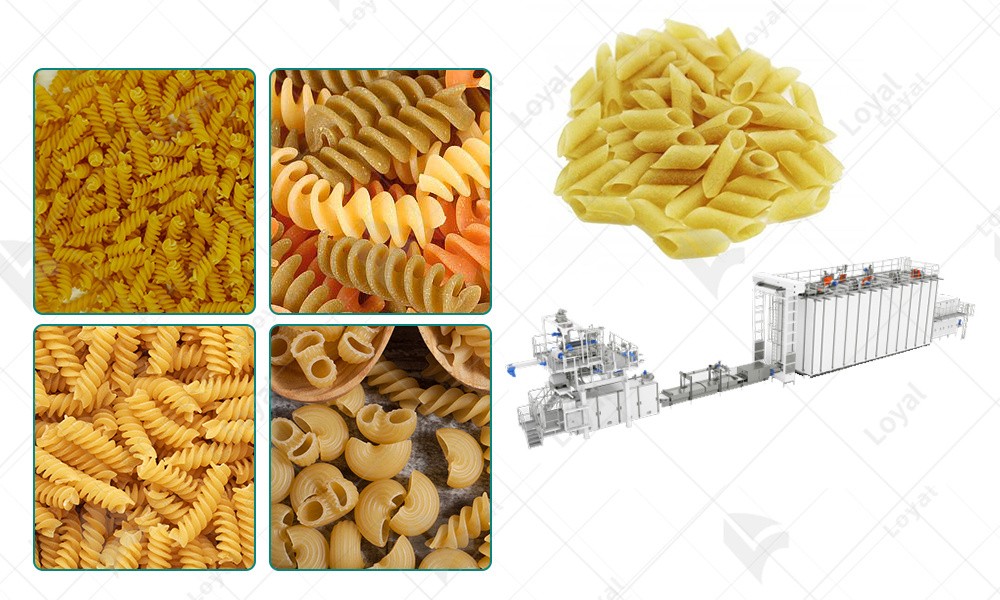
Evolution of Macaroni Pasta Machines
The historical evolution of macaroni pasta machines is a testament to the relentless pursuit of efficiency and innovation in the culinary world. From humble manual processes to the present era of automation, the journey has been marked by significant milestones. Understanding this evolution is crucial in appreciating the quantum leap that fully automated machines represent in enhancing efficiency.
Technology Behind Fully Automated Macaroni Pasta Machines
At the core of the revolution lie the advanced technologies integrated into fully automated macaroni pasta machines. These machines boast features that go beyond mere automation, contributing to unprecedented levels of efficiency and energy conservation. As we explore the intricacies of this technology, a new era in pasta production unfolds before us.
Benefits of Fully Automated Macaroni Pasta Machines
Examining the advantages of fully automated macaroni pasta machines reveals a host of benefits for manufacturers. From accelerated production speeds to a significant reduction in energy consumption, these machines redefine the dynamics of the industry. Real-world case studies from renowned brands such as Barilla, Colavita, Faella, Great Value, and Pastificio Di Martino serve as compelling examples of successful adoption.
Challenges and Solutions
Despite the revolutionary nature of fully automated machines, challenges may arise during implementation. Acknowledging these challenges, we delve into strategic solutions and best practices. By drawing insights from companies that have navigated hurdles successfully, we provide valuable guidance for businesses considering the adoption of this transformative technology.

Industry Impact and Future Trends
Assessing the impact of fully automated macaroni pasta machines on the industry is crucial for understanding the changing landscape. Beyond the present, we predict future trends that may further reshape pasta production technology. Insights from industry experts illuminate the potential trajectory of this transformative technology, offering a glimpse into the future.
Case Studies
Real-world applications come to life through specific case studies of companies that have embraced fully automated macaroni pasta machines. Examining their experiences, challenges faced, and outcomes achieved provides valuable lessons and key takeaways for businesses contemplating the integration of this technology into their production processes.
Considerations for Implementation
For businesses on the brink of adopting fully automated macaroni pasta machines, a comprehensive guide is offered. Factors such as initial investment, training requirements, and seamless integration into existing production processes are explored. Expert recommendations ensure a smooth transition, maximizing the benefits of automation.
Environmental Sustainability
Beyond efficiency gains, the role of fully automated macaroni pasta machines in promoting environmental sustainability is a critical discussion. Delving into how these machines contribute to reducing the industry's carbon footprint, we explore the broader implications for sustainable and responsible manufacturing.
Conclusion
In conclusion, the exploration of fully automated macaroni pasta machines reveals a technological revolution that transcends traditional pasta-making methods. From the historical evolution of these machines to the cutting-edge technologies that drive them, the journey has been one of efficiency, innovation, and environmental consciousness.
As we witness the impact on the industry, the benefits of enhanced efficiency, reduced energy consumption, and streamlined production processes become evident. Real-world case studies serve as beacons of success, illustrating the transformative power of automation in pasta manufacturing.
The challenges associated with implementation are met with strategic solutions, ensuring that businesses can navigate the transition seamlessly. Looking ahead, the future trends in macaroni pasta machine technology promise further advancements that will shape the landscape of pasta production.
In embracing fully automated macaroni pasta machines, manufacturers not only revolutionize their processes but also contribute to a more sustainable and efficient future. The invitation to explore, innovate, and shape the future of pasta production remains open. As we conclude this journey, the transformative impact of automation echoes, setting the stage for a new era in the culinary world.

FAQs: Common Questions about Macaroni Pasta Machines
Q1: How does a fully automated macaroni pasta machine differ from traditional pasta-making methods?
- Explore the fundamental differences between manual processes and fully automated machines.
- Highlight the efficiency gains and technological advancements that set automated machines apart.
Q2: What are the key features that contribute to the efficiency of fully automated macaroni pasta machines?
- Provide a detailed breakdown of the advanced features that enhance efficiency.
- Explain how these features collectively contribute to a streamlined and optimized pasta production process.
Q3: Can small-scale pasta manufacturers benefit from fully automated machines, or are they more suitable for large-scale operations?
- Discuss the scalability of fully automated macaroni pasta machines.
- Offer insights into how both small-scale and large-scale manufacturers can leverage this technology.
Q4: Are there any notable success stories from businesses that have transitioned to fully automated macaroni pasta machines?
- Showcase specific success stories from companies that have embraced automation.
- Include quotes or testimonials from industry leaders endorsing the positive impact of fully automated systems.
Q5: How can manufacturers address the initial challenges associated with implementing fully automated macaroni pasta machines?
- Provide practical solutions and best practices for overcoming implementation challenges.
- Include insights from experts who have guided businesses through successful transitions.
Q6: What future trends can we expect in the field of macaroni pasta machine technology?
- Explore emerging trends and innovations that may shape the future of pasta production.
- Consider insights from industry experts on the potential trajectory of technology in this sector.
Q7: Are there any notable differences in the environmental impact of fully automated machines compared to traditional pasta-making methods?
- Discuss how energy-efficient processes in automated machines contribute to environmental sustainability.
- Compare the environmental footprint of automated machines with traditional methods.
Contact Us

- Shandong Loyal Industrial Co.,Ltd.
- Telephone+86 13176674591
- Email[email protected]
- WhatsApp+86 13176674591
- WeChat13176674591
- AddressC623, Jiahui Global Plaza, No. 548, Beiyuan Street, Tianqiao District, Jinan City, Shandong Province
- Factory AddressADD -300m North of Zhangxia Industrial Park, Binhe Road, Zhangxia Town, Changqing District, Jinan
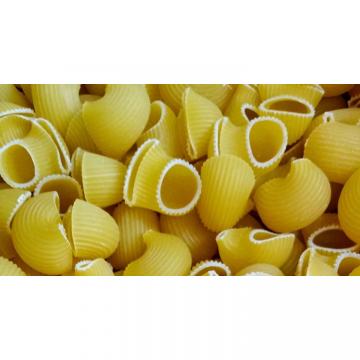

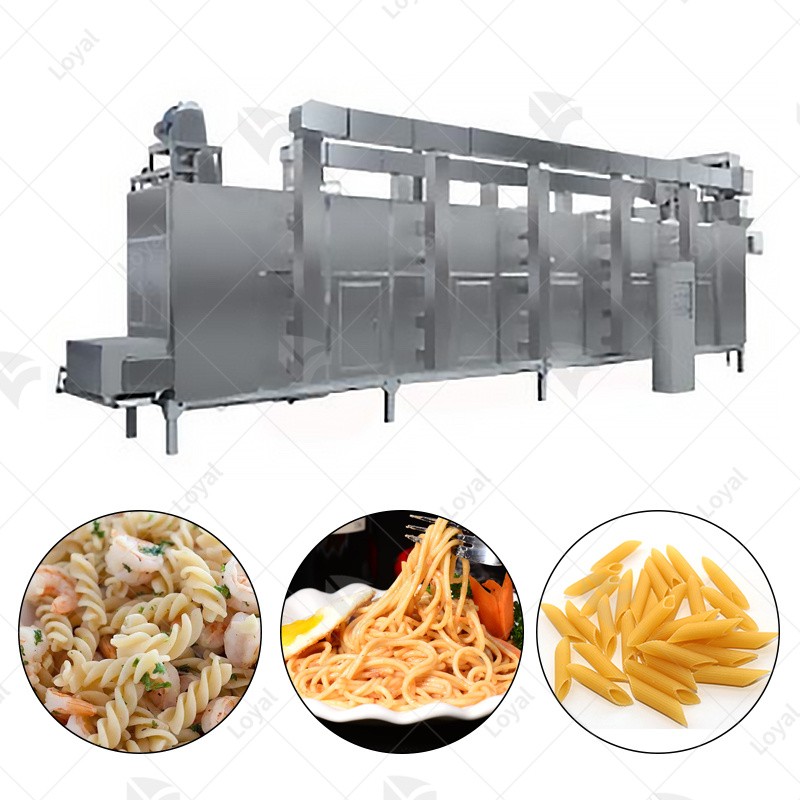

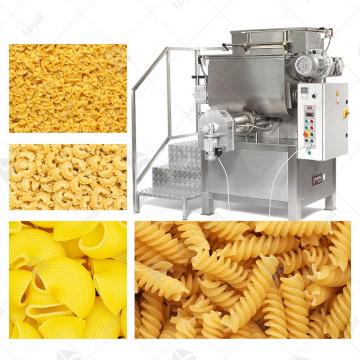
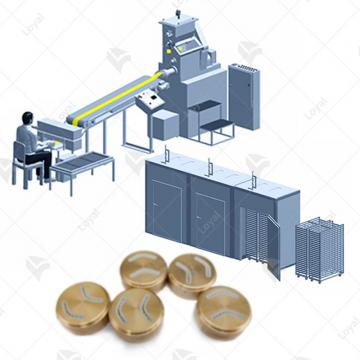 Dry Pasta Production Line
Dry Pasta Production Line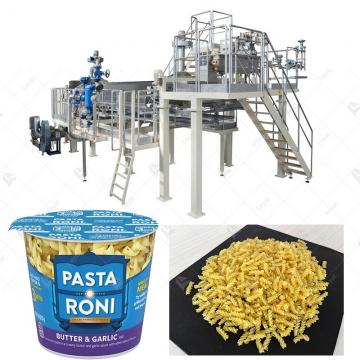 Instant Pasta Production Line
Instant Pasta Production Line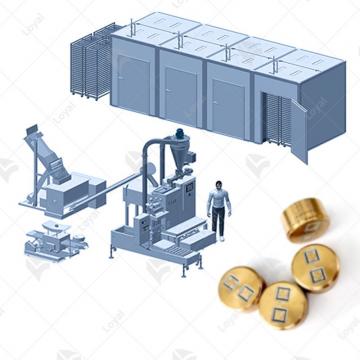 Spaghetti Pasta Production Line
Spaghetti Pasta Production Line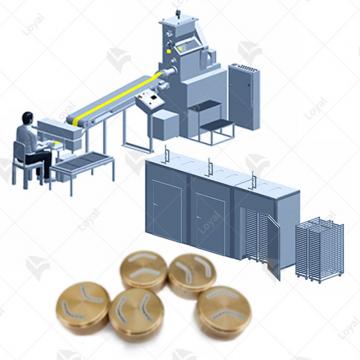 Combined Automatic Pasta Sheeter
Combined Automatic Pasta Sheeter